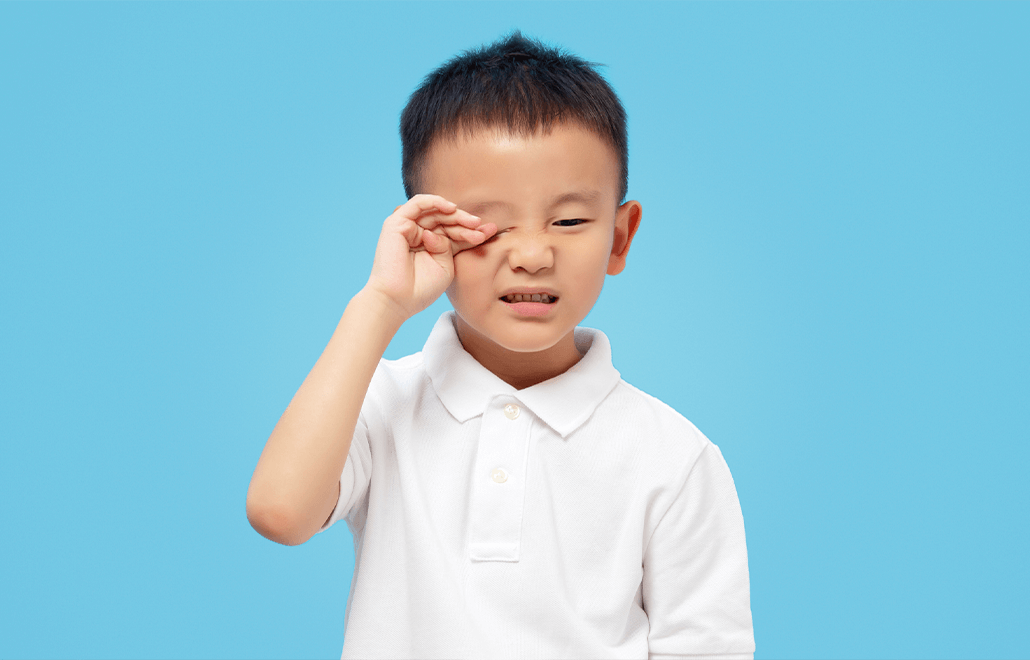
15 May Pinkeye in Children: Causes and Prevention Tips
Pink eye, medically known as conjunctivitis, is a common eye condition in children that can cause discomfort and irritation. Understanding the causes and prevention measures for pinkeye is essential for parents to ensure their child’s eye health. In this blog, we’ll explore the causes of pinkeye in children and provide valuable prevention tips to keep your little one’s eyes healthy and happy.
Causes of Pinkeye in Children:
- Viral Infections: Viruses such as adenovirus or the common cold virus can cause viral conjunctivitis, leading to redness, irritation, and watery discharge in the eyes.
- Bacterial Infections: Bacterial conjunctivitis is often caused by bacteria like Staphylococcus aureus or Streptococcus pneumoniae. It can result in redness, swelling, and a yellow or green discharge from the eyes.
- Allergic Reactions: Allergens such as pollen, dust, pet dander, or certain chemicals can trigger allergic conjunctivitis, characterized by itchy, watery eyes and redness.
- Irritants: Exposure to irritants like smoke, chlorine in swimming pools, or harsh chemicals can irritate the eyes and lead to pinkeye symptoms.
Prevention Tips:
- Practice Good Hygiene: Encourage your child to wash their hands frequently, especially before touching their face or eyes, to prevent the spread of bacteria and viruses that cause pinkeye.
- Avoid Touching Eyes: Remind your child not to rub or touch their eyes, as this can introduce germs and irritants that may cause pinkeye.
- Clean and Disinfect: Regularly clean and disinfect surfaces that come into contact with your child’s eyes, such as eyeglasses, towels, and pillowcases, to prevent the spread of infection.
- Avoid Sharing: Discourage your child from sharing personal items like towels, washcloths, or eye makeup with others to minimize the risk of spreading pinkeye.
- Practice Allergy Management: If your child has allergic conjunctivitis, identify and minimize exposure to allergens, such as keeping windows closed during high pollen seasons and using air purifiers indoors.
- Prompt Treatment: If your child shows symptoms of pinkeye, such as redness, itching, or discharge, seek prompt medical attention from a pediatrician to determine the underlying cause and receive appropriate treatment.
Pinkeye in children can be uncomfortable and contagious, but with proper prevention measures and timely treatment, it can be effectively managed. By understanding the causes and implementing preventive strategies, parents can help protect their child’s eyes and promote overall eye health. If you suspect your child has pinkeye or have any concerns about their eye health, don’t hesitate to consult a pediatrician for personalized advice and treatment.
At Continuum Pediatrics, we are committed to providing comprehensive care for your child’s health and well-being, including managing common conditions like pinkeye. Contact us today to schedule an appointment or learn more about our pediatric services.

